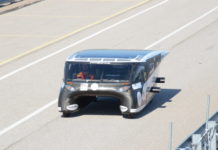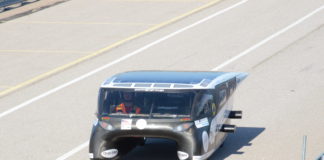The Sun Energy, integrated by an appropriate level of technology for electric motors, can represent a valid alternative to conventional mobility. The four-seats solar cruiser, called “Emilia 4”, conceived by Bologna University in the ambit of Onda Solare project, is the first and unique solar racing vehicle for more passengers ever implemented in Italy. At its first exit, it won the American Solar Challenge, one of the most prestigious competitions in the world for solar cars.
Fiorenzo Sorcinelli
It dates back to just few weeks ago Onu scientists’ umpteenth alarm aimed at sensitizing worldwide governments about the imminence of a climatic change owing to the massive emissions of greenhouse gases into the atmosphere. The transport of freights and people has its own share of these emissions. We should just consider that in Europe more than 1/3 of energy is used in transports and it is obtained from petroleum products (petrol, diesel, LPG…). For the only Italy, and just for the road transport, this implies over 30 million tons of oil that every year literally go up “in smoke”. Then, we must add to this smoke the CO2 contribution amounting to 900,000 (equivalent) tons of natural gas and 1.1 million tons (equivalent) of biofuels … Nowadays, the urgency of an intervention is so evident and undeniable that the primary automotive industries are competing through the continuous release of hybrid or fully electric models.
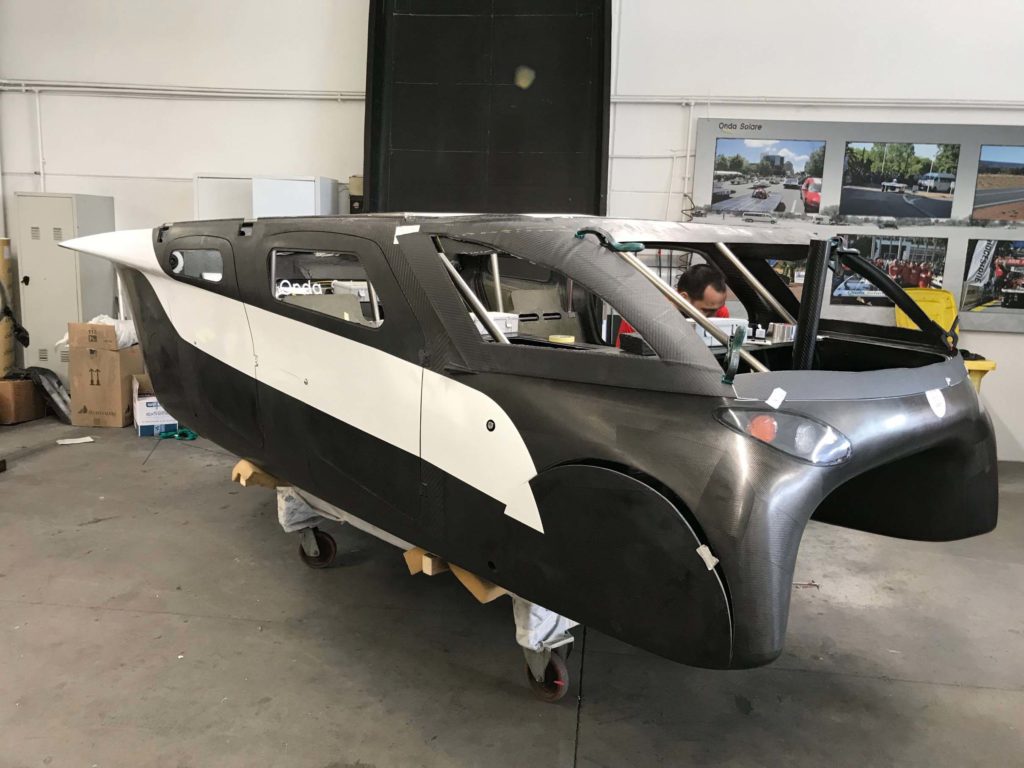
The sustainable mobility is a crucial matter and they are working hard at it but the contribution of electric cars, even if in fast expansion, still represents a negligible market share (0.01%). Moreover, the perception that the electric does not solve the general problem of the pollution, but simply moves it elsewhere, is diffused.
This explains why, in this panorama, solar cars, powered by solar energy converted into electric by photovoltaic panels, succeed in catching increasing attention. These cars, in fact, besides featuring zero emissions, are conceived to reduce the energy consumption drastically by means of ultra-light cars, a perfect aerodynamics and the highest efficiency. In general, they are advanced prototypes, almost always single-seater, designed and implemented by forefront Universities and Research Centres, to take part in solar competitions that, like in the case of Formula 1 in automotive field, represent a test bench to test new technologies, innovations and solutions.
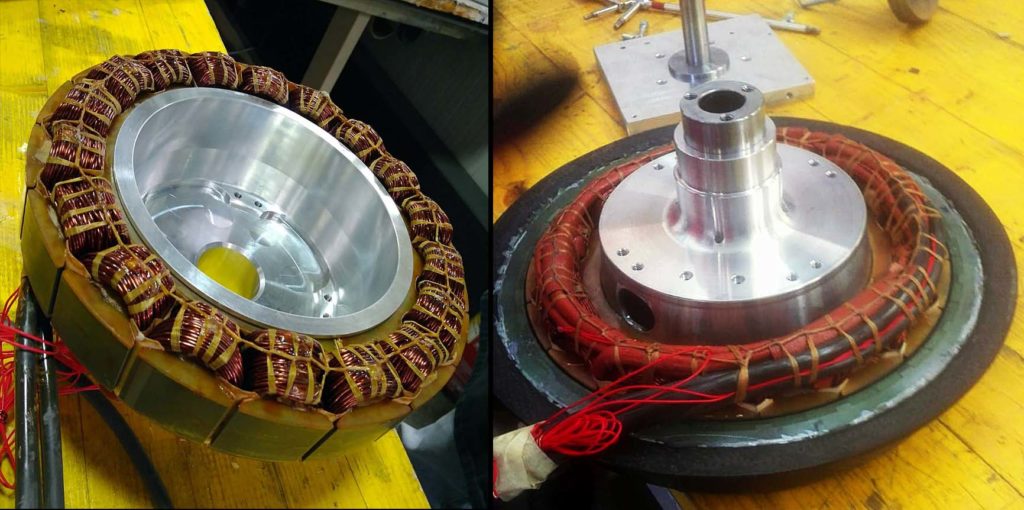
Concerning this, it is worth highlighting that the design of a solar vehicle is influenced by the quantity of energy input into the car, quite limited under standard conditions. It is so understandable how, even if some of the prototypes manufactured in these years have been ideated for public uses, commercial models of solar vehicles are not available, yet. On the contrary, at least observing them, these vehicles seem quite distant from a daily use.
Recently, however, the organizers of these competitions have adopted a strategy of competition regulation modification that leads to approach these vehicles to conventional transport means as much as possible, creating interesting synergies with the industrial world.
This direction is followed by the recent introduction of multi-passenger cruisers, a category devised in opposition to single-seater models. These new vehicles must comply with more severe requisites due to the presence of passengers, for instance concerning the safety and driveability. However, even the electric powertrain must evolve beyond a wider “battery pack”: inner spaces must be exploited differently, mechanics must be repositioned, the braking recovery becomes even more essential, and so on.
Concerning cruisers, then the multi-passenger concept must be adopted already in the design philosophy: in fact, it is no longer sufficient that you are implementing a solar car with which to run in the desert, but instead a functional and sustainable means of transport.
At Bologna University, in the ambit of Onda Solare project, with the implementation of the four-seats solar cruiser called “Emilia 4”, first and unique multi-passenger solar race vehicle ever made in Italy. With excellent results, considering that at its first exit it won the American Solar Challenge, one of the most prestigious competitions in the world for solar cars.
Design
The vehicle was born from a design and construction course based on the implementation of competing engineering instruments, rarely used in such integrated form, achieving a product unique of its kind. It features a high technological content, especially in terms of materials, structures, processes and related optimization logics that have implied the creation of overall Cad 3D models, the execution of manifold functional details for each component, the structural and fluid-dynamics controls with Fem codes, including simulated crash-tests, to proceed then to the prototyping of scale models, using more or less traditional techniques and materials, such as scale tests in wind tunnel, multi-objective optimization of geometries, also through the development of apposite codes.
The final data of the vehicle are the following: overall dimensions 4600x1800x1200mm; empty mass (batteries excluded) of 230kg; total weight of 620kg (4 passengers included); front surface of 1,60 m2; wheel base of 2.772 m; Cx of 0,20.
Electric characteristics
In terms of electric powertrain, the vehicle is designed for an average absorption of 21Wh/km at the cruise speed of 50km/h, consumption that allows an autonomy of about 750km.
The photovoltaic panel consists of 5m2 of monocrystalline silicon, with 326 high-efficiency SunPower cells (24% at 25°C) for a maximum panel power of 1,1kW. The converter for the photovoltaic panel is of Boost Converter typology, distributed generation, with a nominal power for each single stage of 200w and 98% overall efficiency.
The battery pack, which weighs 85kg of which 64kg of battery, is positioned in the central tunnel and features these characteristics:
- 1344 Samsung lithium ion cells with nominal capacity of 3.4Ah
- 48V nominal voltage
- 331,2Ah current intensity
- 16,1kWh total energy.
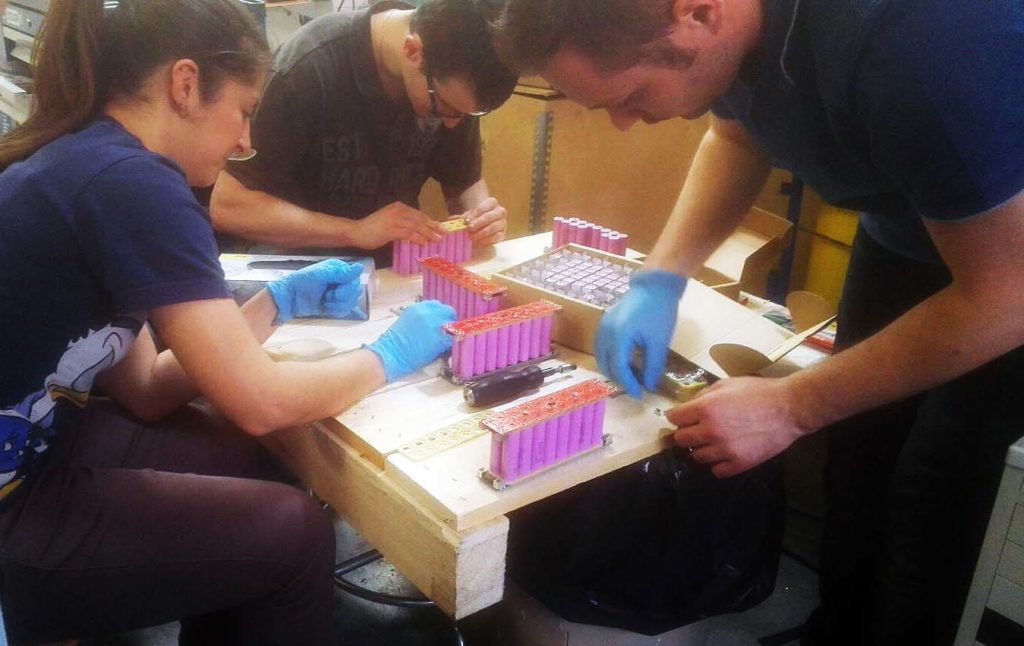
Motors consist of two surface permanent-magnet synchronous motors assembled on the rear wheels by means of external rotor directly coupled with the wheel and stator on the structure. Each motor, weighing 11kg, shows the following characteristics:
- 1300W nominal power;
- 3000W maximum power;
- 35Nm nominal torque;
- 125 Nm maximum torque and it allows a maximum speed of 110km/h.
The traction inverter is a three-phase inverter, with field orientation control able to deliver a maximum current (x1) of 200 ARMS.
This solution results in the 97% motion transformation efficiency.
The constant control of the entire electric powertrain is assured by 2700 sensors.
Structure
For the frame, they have chosen a carbon fibre monocoque body, vital for the implementation of a high-performance vehicle, light but also resistant and stiff. The structure has been made through processes in autoclave on carbon fibre tools, to grant dimensional stability during the polymerization cycle. These tools, on their turn, have been rolled on high-density aluminium or foam models, milled on big CNC machines. Most parts are composed by sandwich structures, to obtain the utmost resistance with an extremely low weight. We so obtain a vehicle that we judge the lightest in the world survey of “solar multi-occupant car”. The vehicle safety is based on the construction of a sturdy monocoque structure, made of reinforced composite, on which are mounted the other essential structural (and non-) elements. Only significant exception to the use of carbon fibre is in the safety cage, made with titanium alloy bars, mutually welded and bolted in the carbon fibre frame.
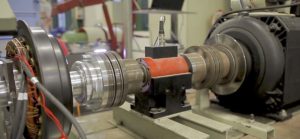
The whole solar powertrain, including electric motors and all energy management and control systems, has been developed by the Inter-departmental Centre on Advanced Engineering and Materials of Bologna University, under the coordination of prof. Claudio Rossi.
Conclusion
This solar car has been a real challenge to network the manifold available competences on the national territory. However, it has also represented the emblem of their success. Able, last July, to cross the United States, from Nebraska to Oregon, travelling for 2,700 km and overcoming a pass of the Rocky Mountains at the altitude of 2,500 m, it transported 4 people on board, without ever turning to the grid recharge: only solar energy, or directly in nice days, or the one stored in the battery during the many thunderstorms. All this was awarded by the victory in the competition and by the technical prizes by “Mechanical Design Award” and “Battery Pack Design Award”.
They now work at the homologation and at the registration (category Le7) while a long road starts, the one that might lead to a real industrialization of solar vehicles. We believe, however, it is already clear that the Solar Energy, integrated by an adequate level of technology for Electric Motors, can represent a valid alternative to traditional mobility … if we want to devise something that can really protect our Planet.




